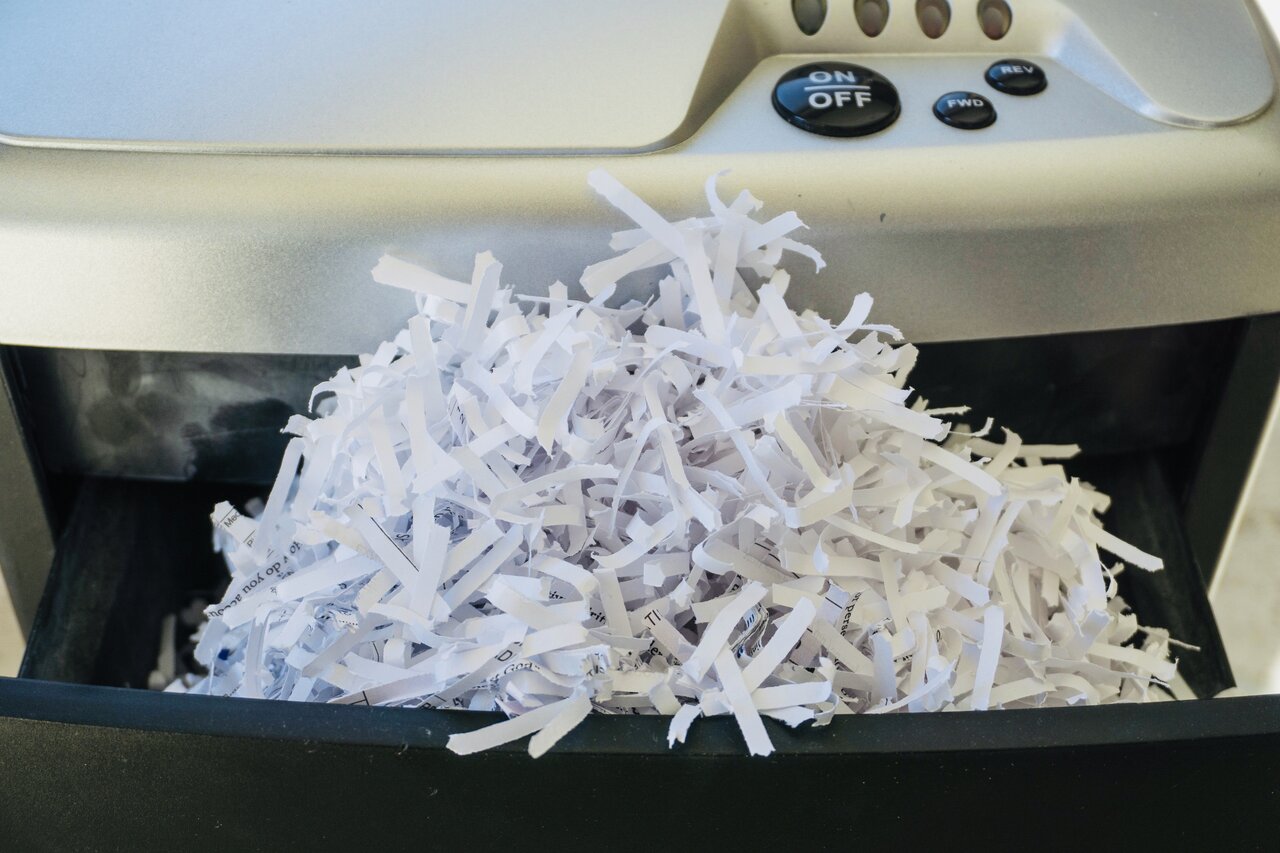Electronic Health Records
In the U.S. a vast amount of funds are allocated towards the health care industry—more than $1.7 trillion per year. If savings are allocated using the current level of spending from the National Health Accounts, Medicare would receive about $23 billion of the potential savings per year, and private payers would receive $31 billion per year.Record keeping and mobility
EHR systems have the advantages of being able to connect to many electronic medical record systems. In the current global medical environment, patients are shopping for their procedures. Many international patients travel to US cities with academic research centers for specialty treatment or to participate in Clinical Trials. Coordinating these appointments via paper records is a time-consuming procedure. Electronic Health Records (EHR) systems (also known as Electronic Medical Records, or EMR) have proven to be a far better approach to documentation than conventional, paper-based systems. So along with the increased costs savings, enhanced patient care is recognized. Various studies have indicated that EHRs will reduce medical errors and costs, however, when combined with the emerging field of genomics, the records will also open the door to personalized medicine, new treatments — and, ultimately, more care.- That advance is by no means a bad thing, but it is also not the hoped-for fix for rising health spending.
- In addition, some experts and observers say EHRs and a national health information network could be “powerfully disruptive for some lucrative businesses in the industry,” such as affecting so-called “blockbuster” medications and treatments.
First Case Study
Cardiology Consultants of Philadelphia, PA- 21 sites • 79 cardiologists
Operational Efficiencies & Cost Savings
- Transcription costs reduced to under $100,000 from a pre-EHR cost of $800,000, a reduction of 88%
- Filing clerk positions cut in half, saving $350,000
- 3.5% reduction in malpractice insurance expense representing a $70,000 savings
Second Case Study
Central Utah Multi-Specialty Clinic, UT 59 physicians- $380,000 saved from reduced need for transcription services
- $221,692 saved from decreased labor and supply costs for chart maintenance and creation
- $248,000 saved due to reduced medical records storage space
- $103,059 in increased revenue from better E&M coding






